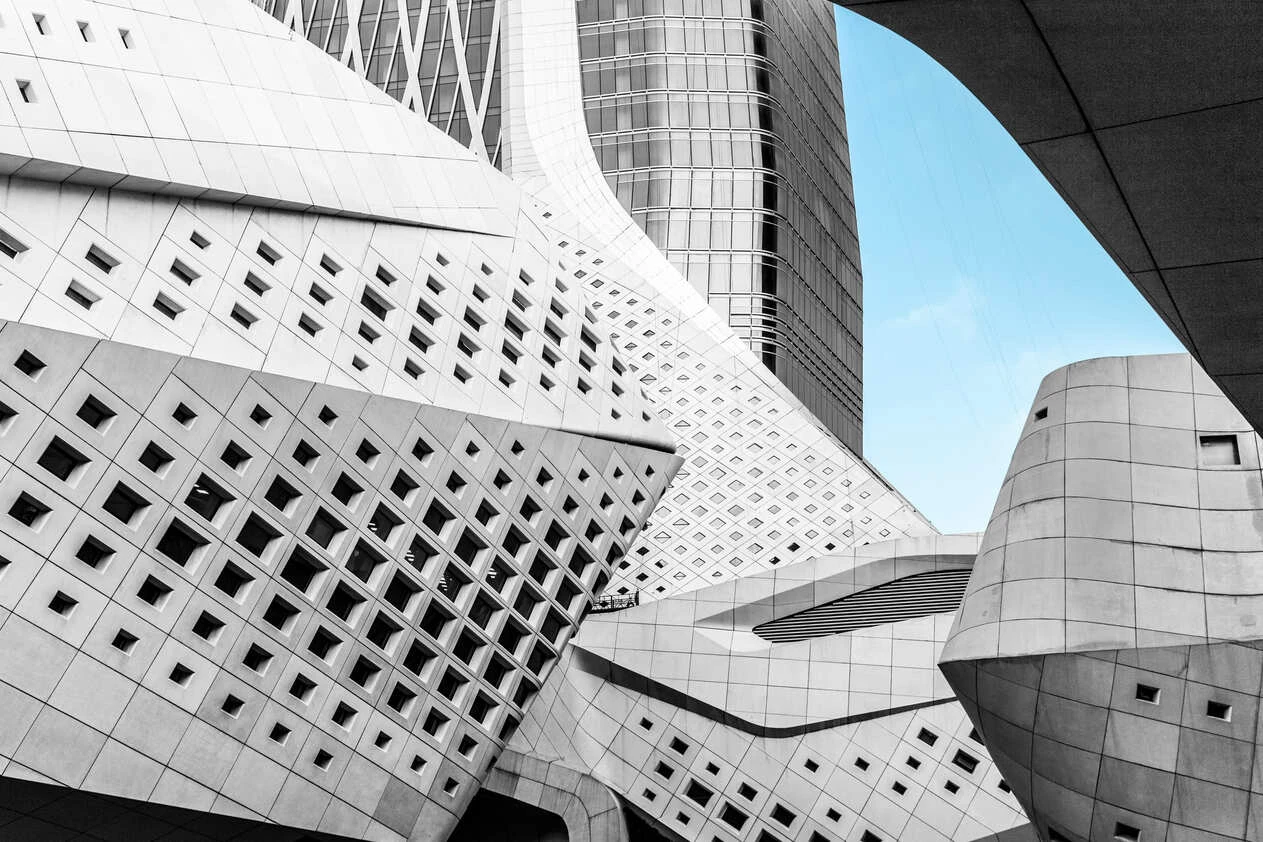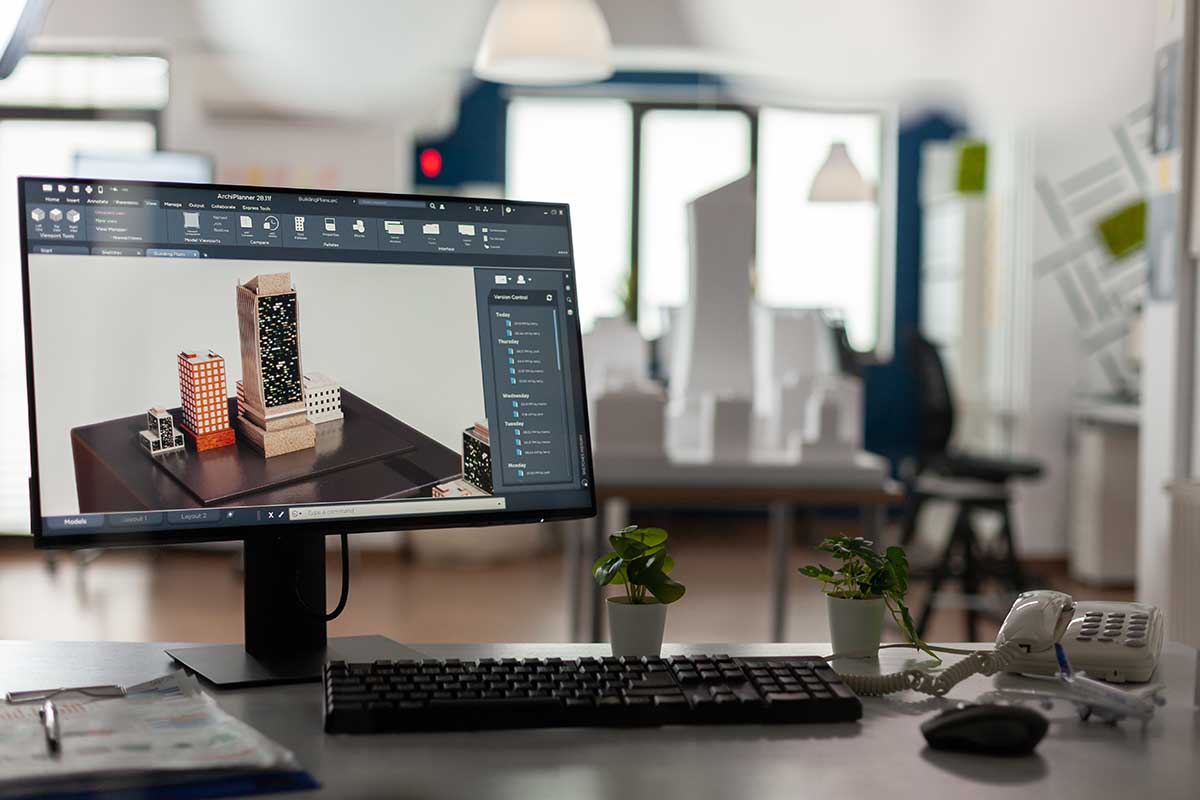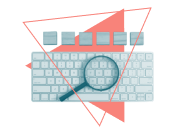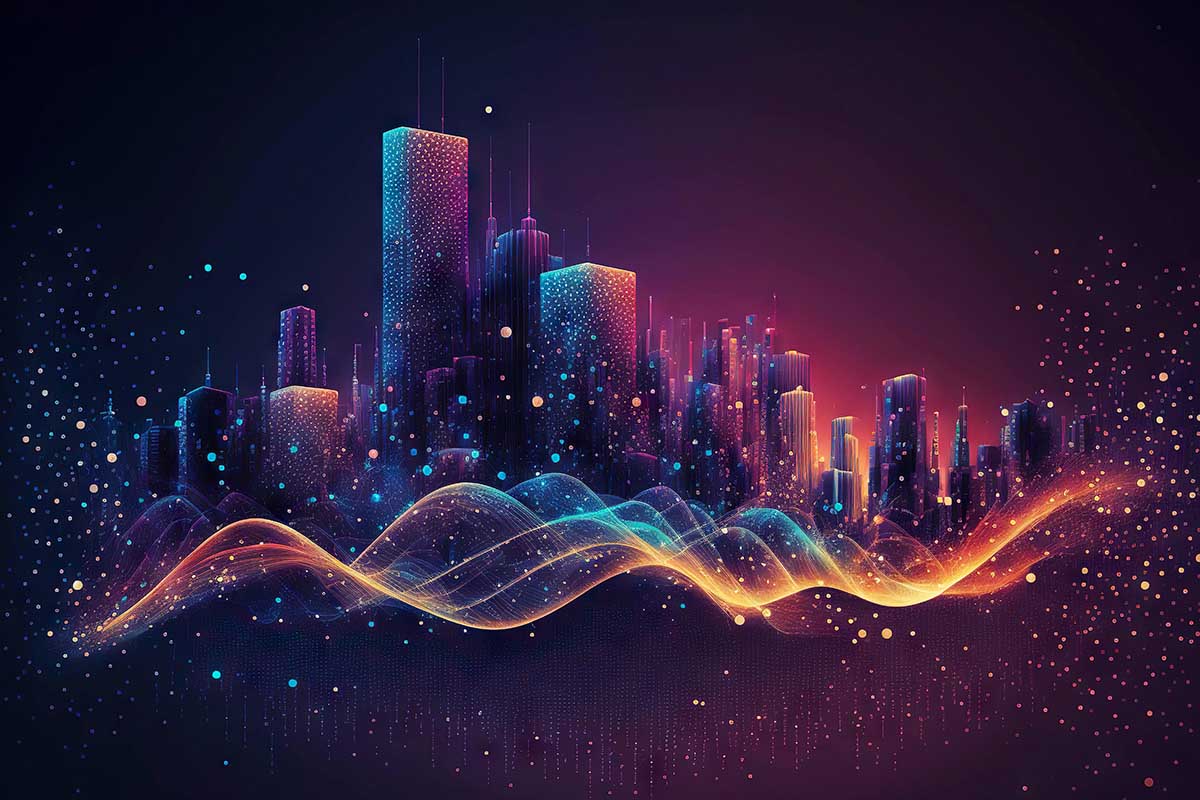How 3D Rendering Is Shaping Architecture in 2025
Ket Points
-
3D rendering isn’t just a visual tool—it’s now essential for spotting design flaws early, adjusting layouts fast, and making client collaboration smoother.
-
AI and VR are elevating the process—AI speeds up rendering tasks, while VR offers immersive, real-time walkthroughs that wow clients and reduce costly missteps.
-
The future of architecture is cloud-based and collaborative—real-time edits, remote access, and faster approvals are becoming the new normal.
For real estate developers, builders, and interior designers, the use of 3D rendering techniques has revolutionized the design and presentation of particular structures.
It has now become indispensable in every branch of architecture.
What was previously done using pencil sketches, hand-drawn blueprints, or tangible foam core models can now be depicted in the form of detailed, photorealistic graphics that help the clients picture the end product.
With the incorporation of 3D rendering techniques, the design process has become more efficient in diagnosing problems early in the process while also improving communication with clients.

Developing Concepts Using 3D Rendering
The advanced visualization techniques have transformed the ability for architects to sculpt and polish designs before the actual construction begins.
With the help of a digital model of the design, an architect can adjust the structure’s components – including the layout, materials, and lights – without spending money on physical models.
This capability improves the design process for concepts, allowing for better testing and visualization of ideas before the final concept is chosen.
What are the benefits of 3D visualization for architects?
- Improved Design Flexibility: 3D rendering for architects allows faster adjustment of layouts, textural details and materials. Refinement of the designs for the project becomes easier.
- Better Client Engagement: Clients can delve into areas of the real estate 3D visualization, which leads to a better understanding of the design presented.
- Decreased Mistakes: 3D rendering allows for the detection of design flaws early on in the procedure, helping to avert expensive mistakes during construction.
This technology, without a doubt, has revolutionized marketing for real estate developers. Buyers can now take virtual walkthroughs of homes and even units that are still in the construction phase.
Do you need a professional hand? 3D rendering studio Genense is at your service.
The Application of AI and VR in Architectural Visualization
The blend of artificial intelligence and virtual reality architecture is exhilarating.
AI software capable of performing various tasks assists in speeding up the rendering workflow.
Furthermore, this immersive design technology makes material choices or lighting changes with automation.
VR, on the other hand, provides the clients with a walk-through experience where they can see the actual built designs for a more accurate preview of the end product.
What AI and VR do in enhancing visualization:
- Automated With AI: AI in architectural design takes care of basic composition tasks like scene building, material suggesting, and even lighting adjustments, hence time is saved, and the possibility for human error decreases greatly.
- Engaging VR Visuals: Using virtual reality, clients can take a step into the space and experience it fully in 360 degrees while also interacting with the design.
Every client covets the chance to make changes on the spot; in this instance, putting the required changes in real time makes the working process more interactive and friendly towards the client.
Modern Directions in Architectural Representation
Looking into the future, there are multiple shifts which will influence 3D architectural visualization.
These include automation using Artificial Intelligence, rendering in the cloud, and collaborative workflows where design can be done simultaneously.
All of these enhancements offer better strategies, lower costs, and foster creativity.
The following are the key trends to watch:
- AI Automation: Architectural visualization will be fueled by AI as it automates more rendering processes, allowing for faster output times.
- Rendering in the Cloud: With cloud services, quality renders will be easier to execute because architects will be able to render designs from any location without having to use expensive machines.
- Simultaneous Collaboration: The development of cloud-based systems will allow real-time collaboration among architects, designers, and clients, making it possible to change and make decisions more seamlessly.
The Future of the Field
For architectural design, the prospects regarding 3D photorealistic rendering technology are indeed positive: it has the potential to enhance concept development and enable clients’ immersive experiences using AI and VR.
In particular, 3D rendering has changed the manner in which designers and architects work as well as the interfaces teachers utilize for rendering lessons.
With the advancement in technology, the emergence of enhanced methods of presenting or collaborating on designs is a guarantee.
Adoption of these new tools will greatly boost accuracy in design and increase satisfaction as well as efficiency in dealing with projects’ clients among architects, real estate developers, and even interior designers.




















